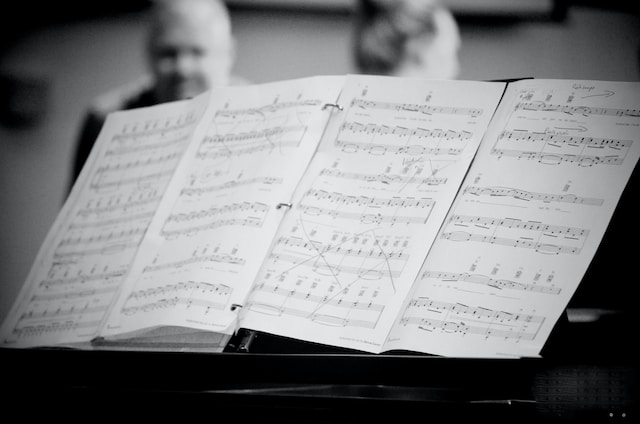
Piano exams: what are the options?
Many of us who had music lessons as a child will remember, perhaps with a shudder, the traditional exams: playing three pieces, scales, aural tests and the often terrifying sight-reading. Apart from updates to the repertoire and results released more quickly by email, not much has changed for the face-to-face exam candidate. However, in recent years there has been an increase in the types of exams available, both in terms of how the exam is taken and its contents. It is now possible to select the exam that best fits the student and their needs. Here are some of the more popular options.
As well as the traditional face-to-face option, the ABRSM now offers videoed performance only exams, where the candidate introduces and performs four pieces. Three out of the four pieces still need to be selected from the board’s repertoire list, but the exam can be recorded and submitted at any time by the teacher. The ABRSM also recently introduced an Initial Grade exam for piano and strings, as well as the Prep Test, a more relaxed assessment with no pass or fail.
Another of the main exam boards, Trinity, offers a more flexible syllabus for their face-to-face exams. The exam is made up of the performance of three pieces, technical work and supporting tests, from which the candidate selects two out of sight reading, aural, improvisation and musical knowledge. Digital and performance-only exams are also available.
A new kid on the block is the Music Teachers’ Board (MTB), offering video and audio exams only. Although a list of pieces for each grade is given, MTB has a free choice option, whereby any pieces at a suitable grade can be played in the exam. The exam also includes technical and musicianship sections, with a choice between pre-prepared aural tests or a duet. There are two levels of pre-grade exams and for some of the grades performance only exams are available.
It’s worth mentioning that, although piano exams can be a fantastic recognition of success and a good motivator, they might not be the best option for every student. It’s best to discuss the pros and cons with the teacher and ask for their guidance on whether or not a student is ready to start preparing for an exam.